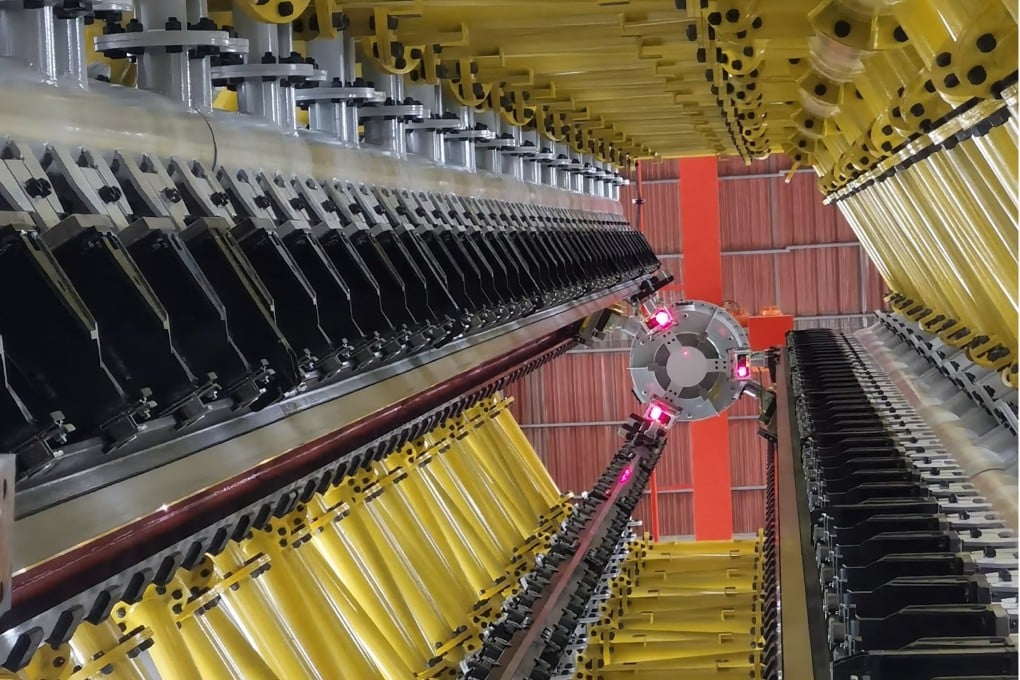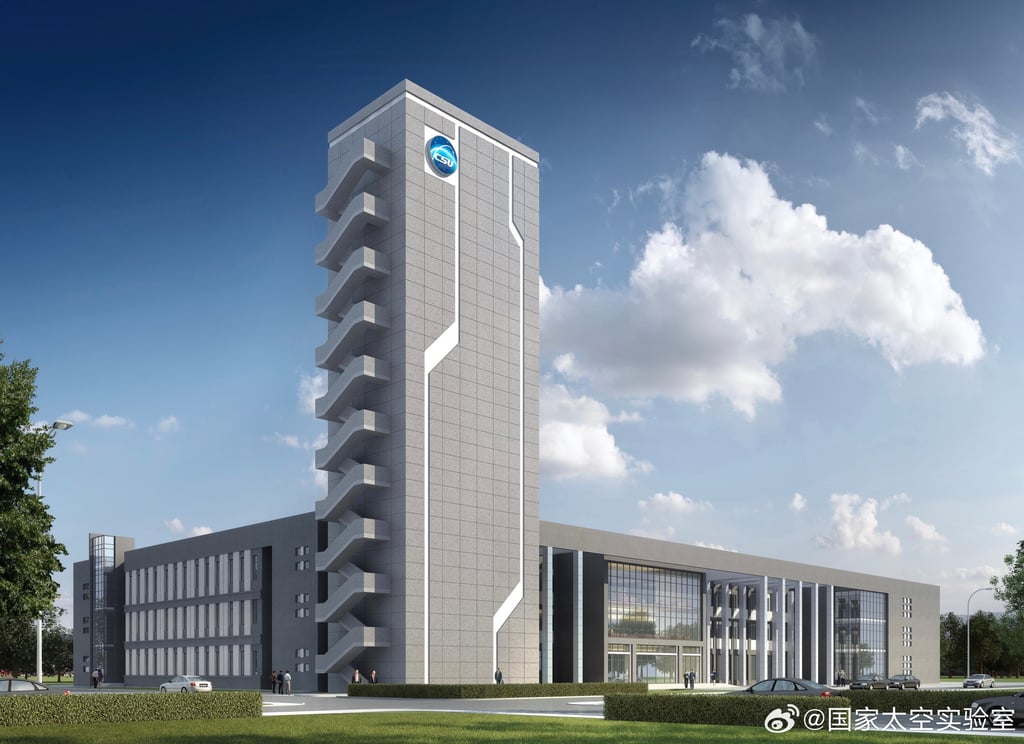China builds microgravity tower to replicate weightlessness and simulate moon and Mars conditions for space goals
- Microgravity Experiment Facility with Electromagnetic Launch will be ‘a game-changer’ in developing experiments for Tiangong space station: researcher
- Chinese scientists will be able to conduct cost-effective microgravity experiments at the 40-metre high facility in Beijing

The 40-metre (131-foot) tall Microgravity Experiment Facility with Electromagnetic Launch, or MEFEL, uses a linear motor to drive objects up and down and approximate the conditions of weightlessness for 4 seconds.
MEFEL can host up to 100 experiments every day and consumes only about 1 kilowatt-hour of electricity for each experiment, according to Zhang Yongkang from the Technology and Engineering Centre for Space Utilisation under the Chinese Academy of Sciences in Beijing, which led the development of the facility.
“Compared with conventional microgravity facilities, such as drop towers and parabolic flights, MEFEL saves a lot of time and money. It’ll be a game-changer for pretesting the experiments which will fly on board the Tiangong space station,” Zhang told the state-owned newspaper Science and Technology Daily on Wednesday.
The facility could also create partial gravity to simulate the conditions on the moon and Mars, he said.

For decades, scientists have conducted experiments in space to understand how things act differently under microgravity, from the way fire burns and crystals grow to the changing physical conditions of astronauts living in the International Space Station.
However, before going into space, experiments need to be tested and verified using a range of ground-based equipment – such as drop towers, parabolic flights and sounding rockets – to maximise their scientific return.
